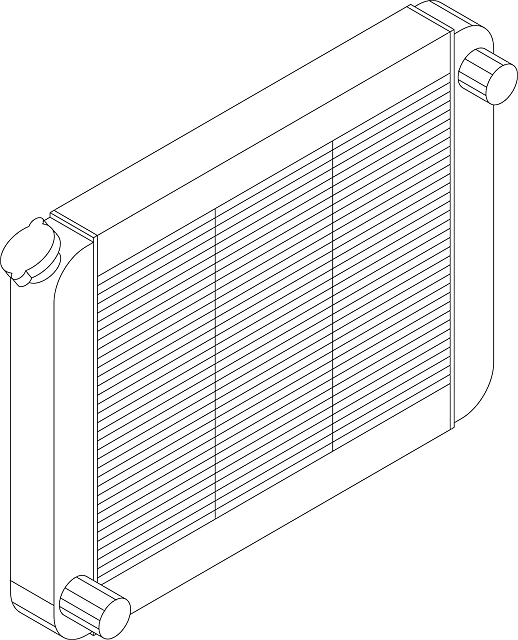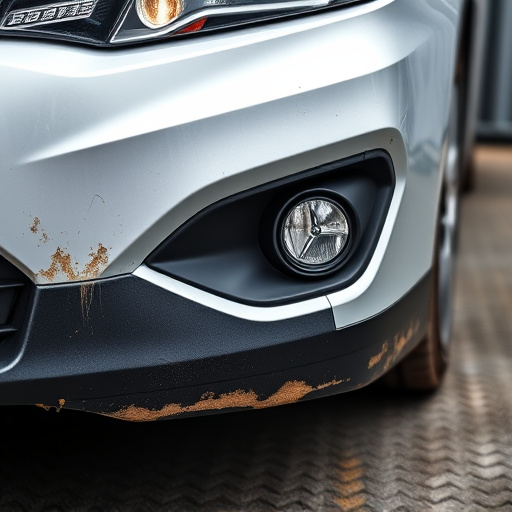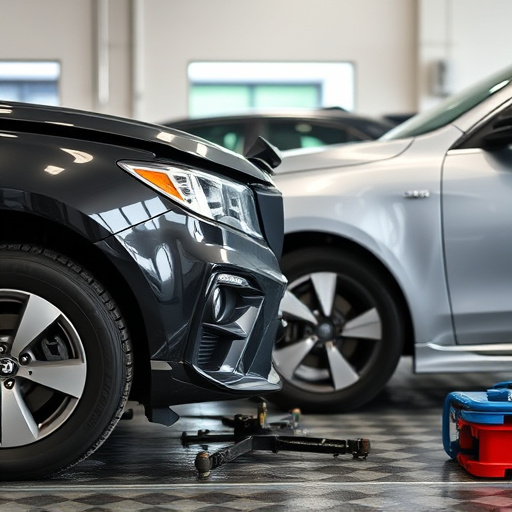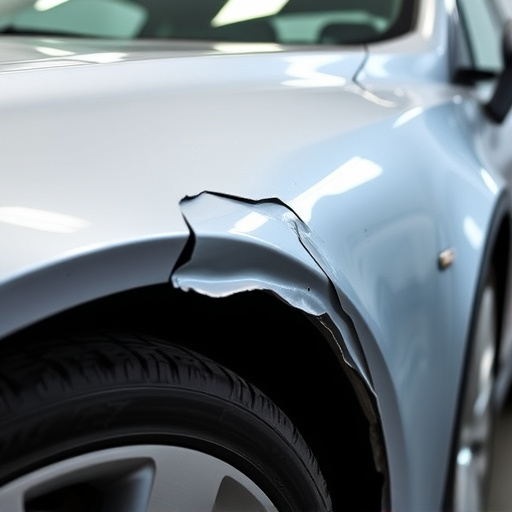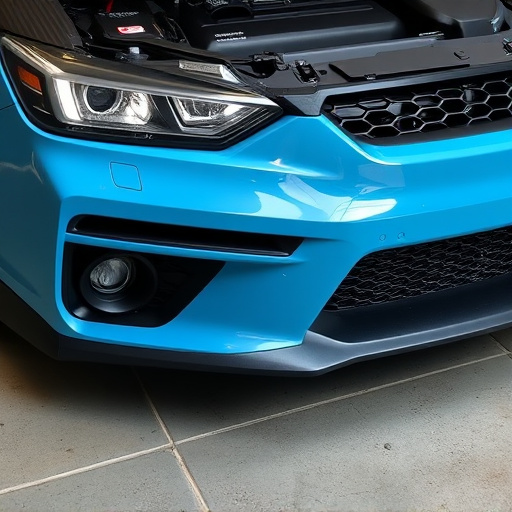LED technology has revolutionized vehicle lighting, offering exceptional durability and energy efficiency compared to traditional taillights. With a lifespan up to 25 times longer, LED bulbs enhance road safety and reduce maintenance costs, including dent repairs. When choosing between LED and traditional taillight repair/replacement, consider energy savings, longevity, and improved nighttime visibility for safer driving.
When it comes to taillight repair or replacement, understanding the differences between LED technology and traditional options is crucial. This article delves into the benefits of LED lights, their advantages over conventional taillights, and the key distinctions that will guide your informed decision. Whether you’re a professional mechanic or an DIY enthusiast, knowing the facts ensures optimal safety and performance in your vehicle’s lighting system.
- Understanding LED Technology and Its Benefits
- Traditional Taillight: Advantages and Limitations
- Key Differences: Making an Informed Choice for Taillight Repair/Replacement
Understanding LED Technology and Its Benefits
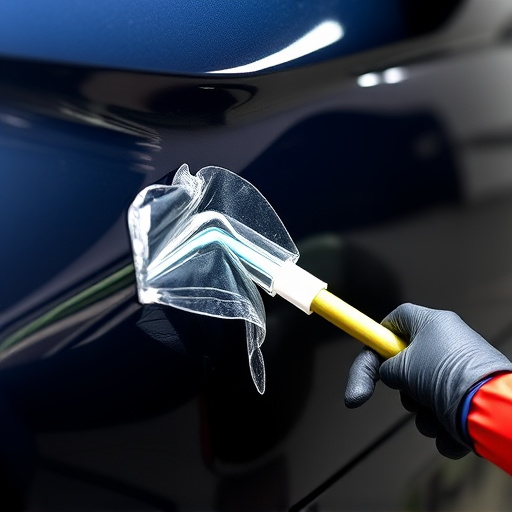
LED technology has revolutionized the way we think about lighting, including taillight repair and replacement. Unlike traditional lights that rely on filaments or gas-filled bulbs, LEDs use light-emitting diodes to produce light, offering a range of benefits for vehicle owners looking into taillight repair or replacement services at an automotive body shop. These advantages include exceptional durability; LED bulbs are known to last up to 25 times longer than their incandescent counterparts, reducing the need for frequent replacements and saving money in the long run.
Additionally, LEDs boast energy efficiency, consuming significantly less power, which translates to lower electricity bills. They also offer superior brightness and color accuracy, ensuring your vehicle’s taillights provide clear visibility without blinding other drivers on the road. When it comes to taillight repair or replacement, body shop services that specialize in LED technology can help you enjoy these benefits, making your driving experience safer and more enjoyable, all while potentially reducing costs associated with vehicle maintenance, including dent repair for any damages that may occur during the process.
Traditional Taillight: Advantages and Limitations

Traditional taillights have been the standard for years, offering reliable lighting for vehicles. One of their primary advantages is cost-effectiveness. They are relatively inexpensive to purchase and install, making them a budget-friendly option for taillight repair replacement. Moreover, these taillights are readily available at most car parts stores, ensuring quick access when needed.
However, traditional taillights have limitations. They tend to consume more energy than LED alternatives, contributing to higher fuel costs over time. The lifespan of these lights is also shorter, requiring frequent replacements, which can add up in both time and money spent at a car repair shop. Additionally, their design might lack the sophistication and variety of modern LED options, limiting customization for vehicle owners who want to enhance their car’s aesthetics with tailored vehicle paint repair or scratch repair.
Key Differences: Making an Informed Choice for Taillight Repair/Replacement
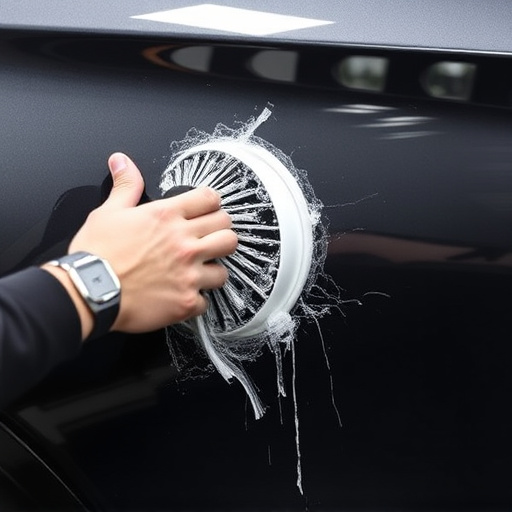
When considering taillight repair or replacement, understanding the key differences between LED and traditional options is vital for making an informed choice. One of the primary distinctions lies in energy efficiency; LEDs consume significantly less power, translating to lower utility bills and reduced environmental impact over time. Additionally, these lights offer superior durability, with a longer lifespan than their conventional counterparts, which often require frequent replacements due to fragility and sensitivity to temperature changes.
Another important factor is brightness and visibility. LED taillights produce a brighter, more intense light, enhancing nighttime driving safety by improving road illumination and making your vehicle more visible to other drivers. This can be particularly beneficial during auto maintenance or in cases of car damage repair, ensuring quick detection and avoidance. Moreover, their consistent performance throughout the lifespan reduces the need for frequent car dent removal, commonly associated with traditional taillight replacements due to potential impact damage.
When considering a taillight repair or replacement, understanding the distinct differences between LED technology and traditional options is key. While traditional taillights have their advantages, LED lights offer improved brightness, energy efficiency, and longevity, making them a more sustainable and cost-effective choice for drivers in need of taillight repair or replacement. By weighing these factors, vehicle owners can make an informed decision that enhances safety and contributes to long-term savings.



